Because of changes to the countryside – land drainage, cutting down of hedgerows and trees, increase in the use of chemicals etc. – birds are amongst the most vulnerable species to be affected and numbers are declining. Even the humble sparrow, once so popular and common in our cities and countryside alike, has seen a dramatic decline.
However, those who have gardens can create a haven for bird life that will not only provide food and shelter, but reward the gardener with hours of pleasure.


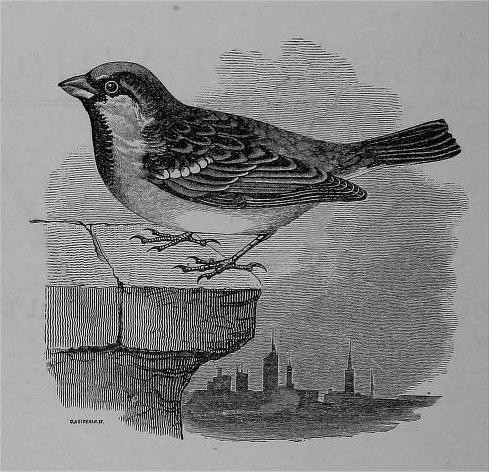
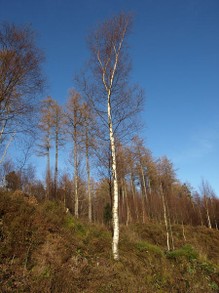
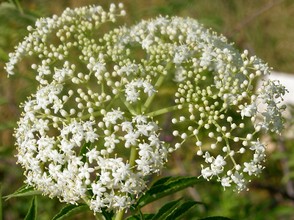
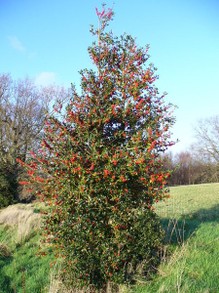
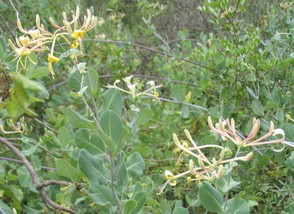
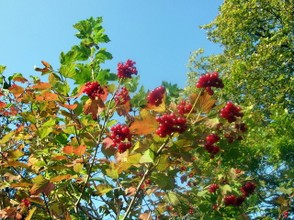



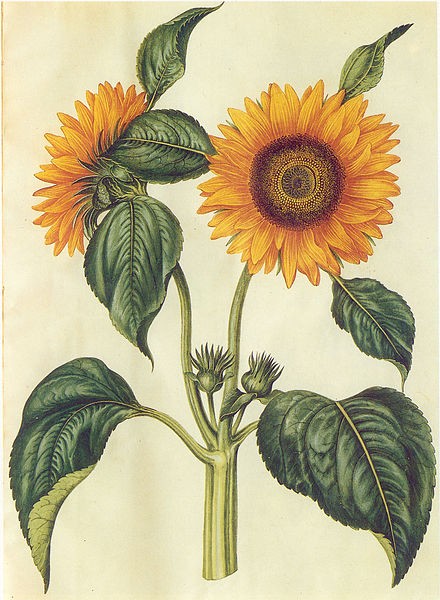
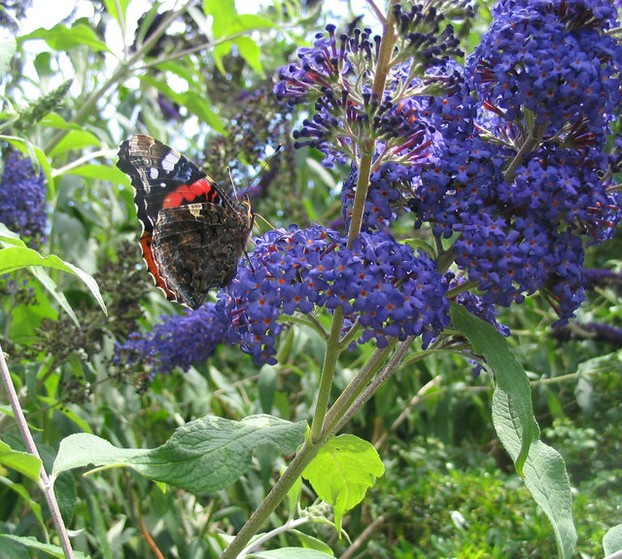



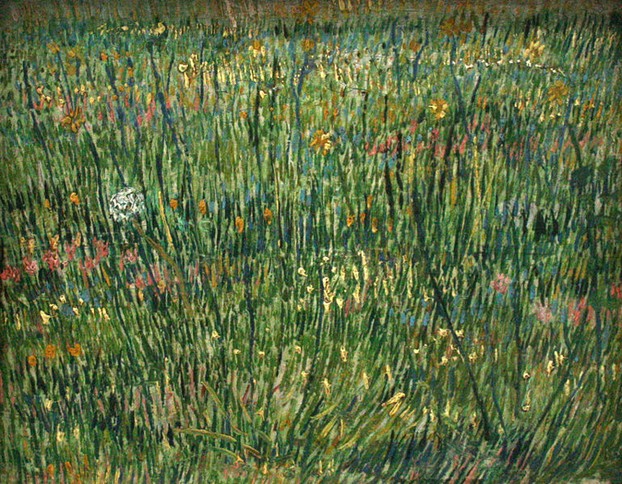
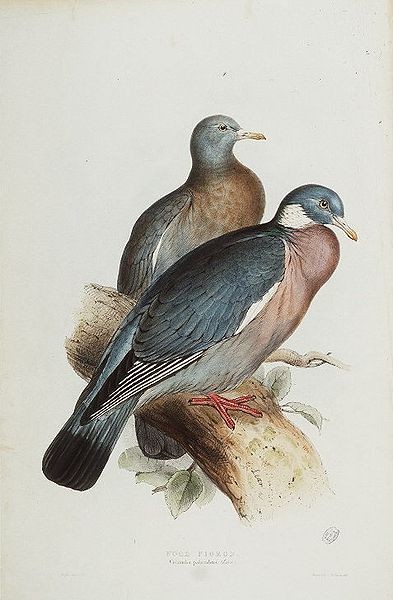
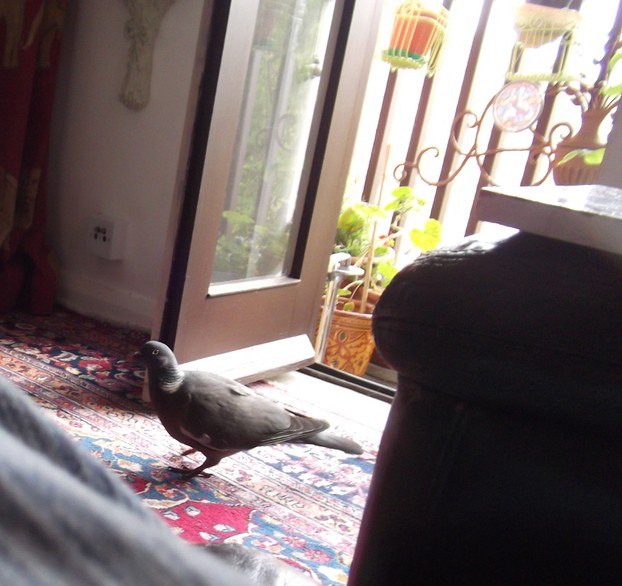



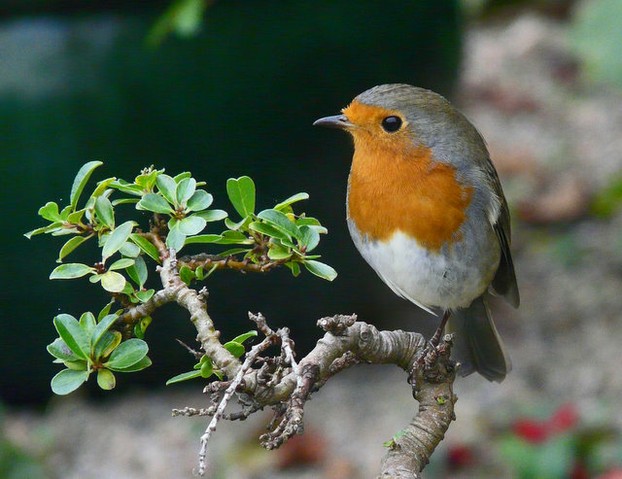
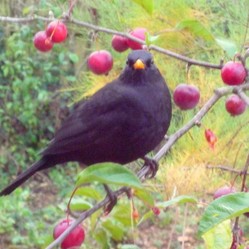

 How to Choose a Walking Cane or Stickon 08/01/2014
How to Choose a Walking Cane or Stickon 08/01/2014
 Michael Miller Fabulous Fabric Swatches for Quilting, Crafts etcon 07/02/2014
Michael Miller Fabulous Fabric Swatches for Quilting, Crafts etcon 07/02/2014
 The Drama of Life in the Rock Poolon 06/08/2014
The Drama of Life in the Rock Poolon 06/08/2014
 The Flâneur - Symbol of Modernity in 19th Century Parison 05/09/2014
The Flâneur - Symbol of Modernity in 19th Century Parison 05/09/2014

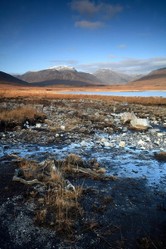
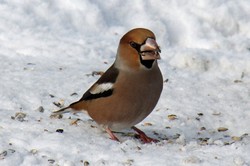
Comments
Fun photo of the wood pigeon.
HelloWriterArtist - I do so agree that watching birds is a delight. I've become quite obsessed with it ! If I don't see 'my' wood pigeon for a day I get a bit anxious! Wondering where s/he is... Thanks for your post.
One day, I spotted a rare species of bird that I had never seen before in my small home garden. Planting tall trees attract one species of birds like crows whereas planting flowering trees will attract another species. Greenery attracts many forms of birds and watching them is a delight.
Hi Nick - Thanks so much for your post. When I have a minute I will definitely put the elder tree onto the article. I appreciate your input! Thanks a lot! :)
Hi Elias - Yes, I know what you mean about 'invading'! I have to be quite strict in my visiting allowance! Don't want poo all over the carpet...:) But still, it's nice to be trusted by a wild creature even if it is 'using me' as a food source! I agree that it is so amazing how quickly a tiny little habitat can attract wild life.
While I don't have a garden kathleen, I have a few plants which occasionally attract some birds. Unfortunately, the majority of them are doves. I say unfortunately, because they do have the habit of invanding (as your picture shows too) and there is nothing they won't do in order to find food! :) Great article and beautiful photos!
Birds need all the help they can get. Cats, cars and windows kill millions of birds every year in UK and added to the conservation issues you have mentioned, birds are having a hard time. I would add elder to your list of trees to plant. The blossom is fantastic in spring and the berries in autumn will attract large numbers of birds trying to fatten up before winter.